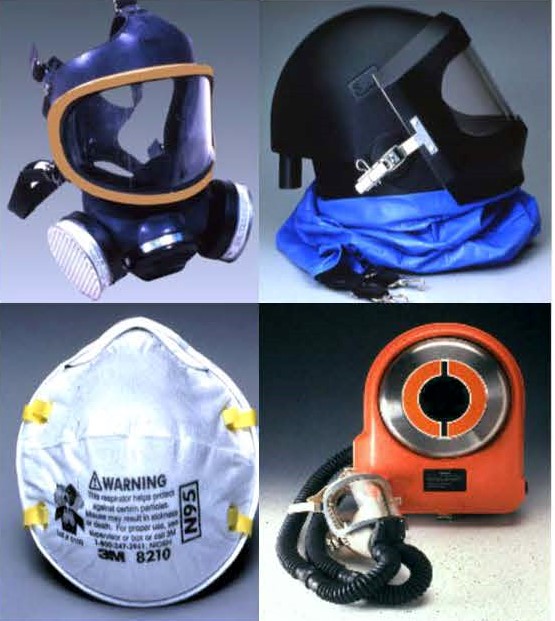Many OSHA standards require the use of respirators. The specific standards governing respiratory protection are OSHA 29 CFR Part 1910.134 and NIOSH 42 CFR Part 84. Respirators can protect employees from harmful smoke, mist, dust, and other materials or hazardous atmospheric conditions. Respirators are needed in some situations, but OSHA prohibits the use of respirators until requirements are met and employees are properly trained on their use. Even though there is an abundance of compliance guidance materials on OSHA’s website, OSHA’s Respiratory Protection Standard is among the most frequently cited standards. This indicates that many employers continue to struggle with respiratory protection programs in the workplace.
OSHA 29 CFR Part 1910.134 is a very technical standard with several subparts. It is imperative that each of these parts are understood and accurately implemented at your facility. We will focus on 3 significant parts:
Selection of Respirators – CFR 1910.134(d)
It is important to choose the appropriate respirator to protect employees, but there are many respiratory hazards and just as many respirator options available. Choosing the right respirators for your employees can be challenging. The first step is to identify potential respiratory hazards. Industrial air monitoring can be performed to determine if the substances in question exceed the permissible exposure limit. From this information, employers can select the applicable NIOSH certified respirator for the contaminant(s).
Medical Exams – CFR 1910.134(e)
Before wearing a respirator, employees must be cleared by a physician or healthcare professional. This process includes a medical questionnaire inquiring about the employee’s health history and the task(s) requiring the employee to wear the respirator. The physician or healthcare professional will determine if the employee meets the health requirements to wear a respirator.
Individuals wearing respirators must also be fit tested prior to use and annually to ensure their respirator fits with a tight seal. A respirator that does not properly fit an employee’s face does not provide the protection that is needed and puts the employee at risk of exposure to hazardous substances. Employees are fit tested with the same make, model, and size of respirator they use while working. Fit tests usually take less than half an hour, and there are different methods for completing the test.
Common Mistakes
Your respiratory program MUST follow OSHA and NIOSH standards; this includes workplaces that allow for voluntary respirator use. Simply having a program written is not enough to meet the requirements. It must be implemented, documented, and maintained. The following are common mistakes that cause respiratory programs to be noncompliant.
- Poor recordkeeping
- Inadequate inspection & maintenance practices
- Not thoroughly assessing hazards
- Insufficient process evaluation
- Employees wearing the wrong respirator
- Lack of employee training
- Employees wearing respirators that do not fit properly
The mistakes listed above can be easily avoided with management education and the assistance of qualified safety professionals. The Spencer-SHE Team has over 50 years of experience developing, implementing, and evaluating respiratory programs in a variety of industries. We perform process evaluations, hazard assessments, industrial air monitoring, fit tests, and more. Contact us today for assistance with your respiratory program.

